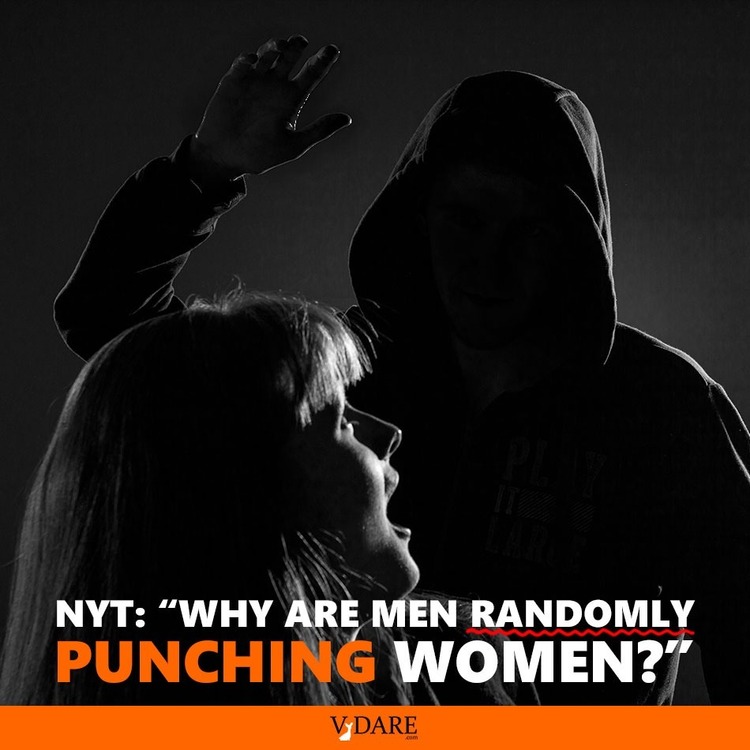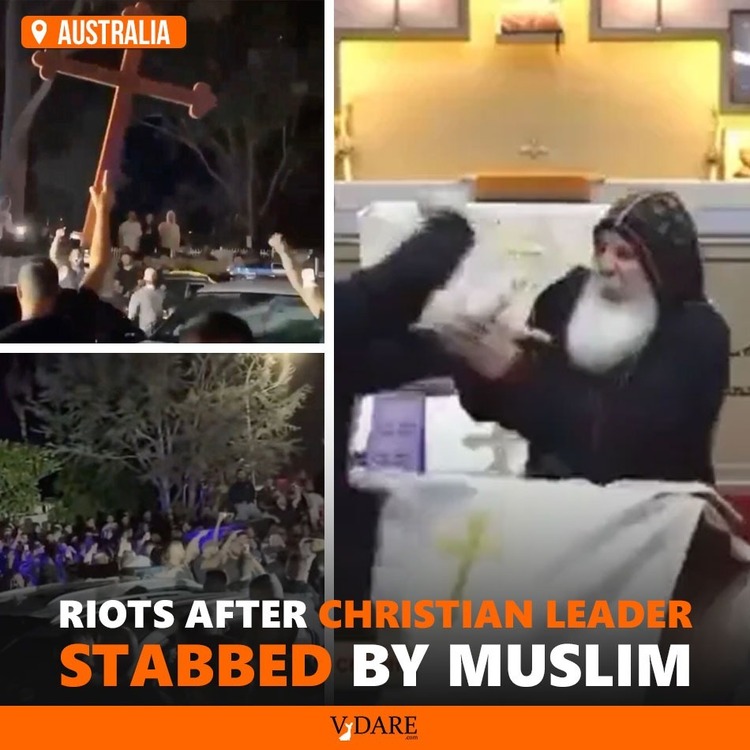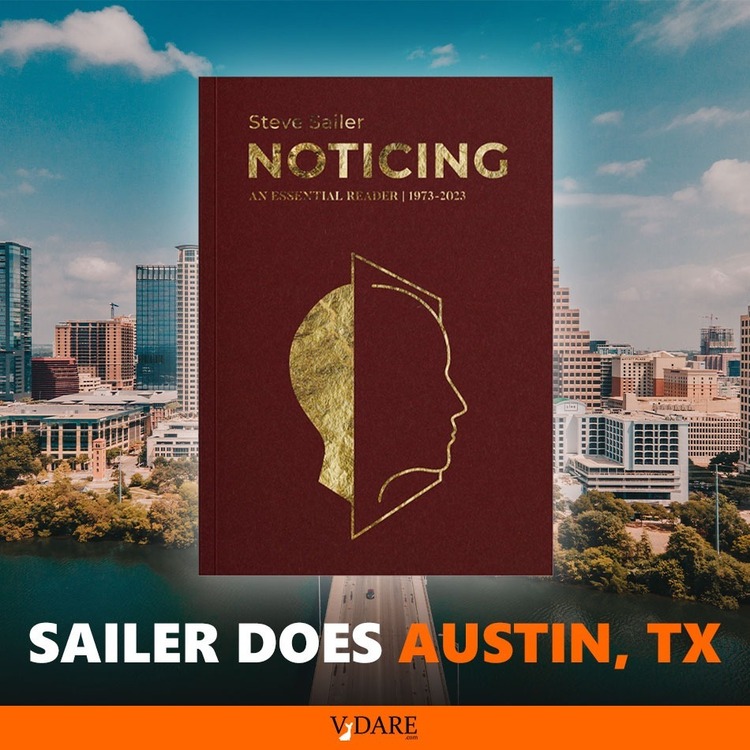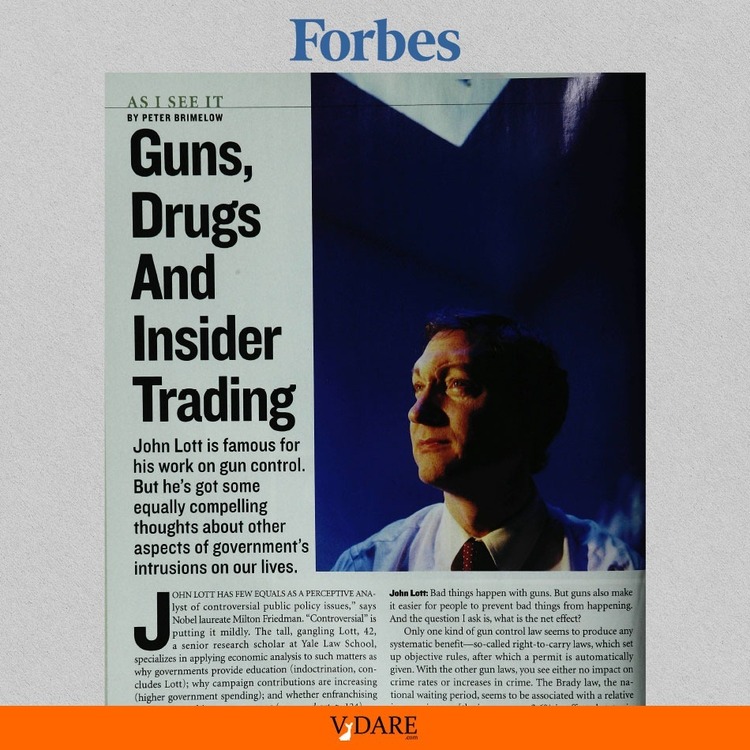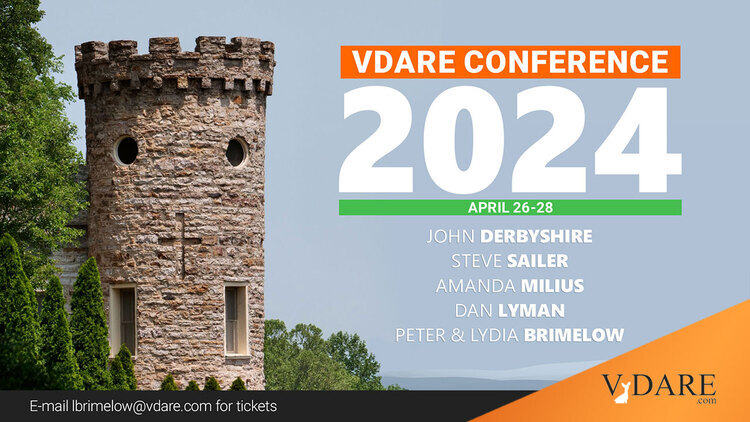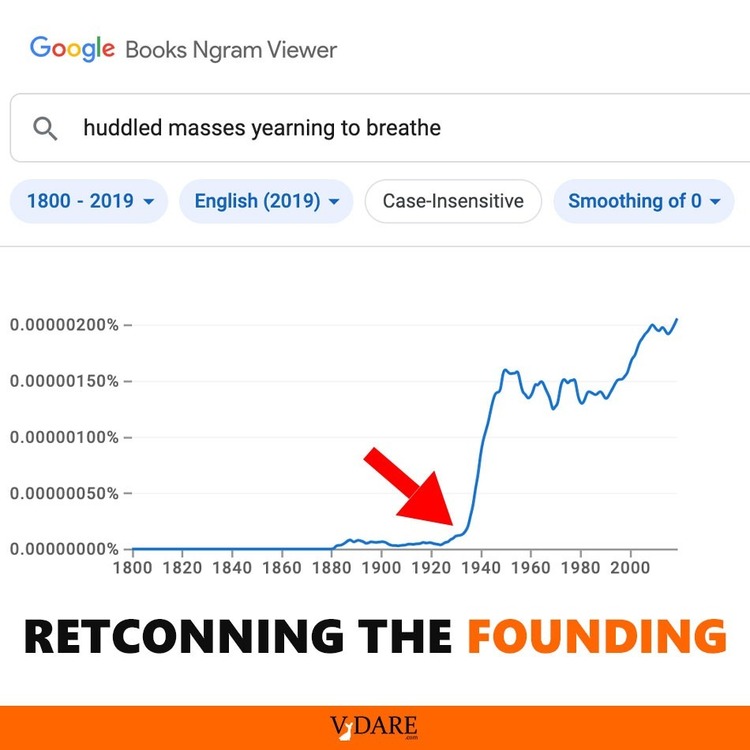I write about 1920s country club admission policies a lot, but not because I claim that fuzzy family memories of great-grandpa getting blackballed by Shady Brook CC in 1925 are the private motivations for much of today’s conventional wisdom, but because so many upholders of current orthodoxy bring up old country clubs as their public rationale. For example, from the Los Angeles Times:
Opinion: Could there be a benign ‘European American’ group? NoBy MICHAEL MCGOUGH
… If blacks can celebrate racial pride, why can’t whites?
When does self-affirmation become discrimination against others?
One of the more interesting questions about House Majority Whip Steve Scalise’s speech to a group of “white nationalists” 12 years ago is whether the name of the organization should have given him pause. (Interesting, but irrelevant if you believe he knew or should have known that the group was linked to ex-KKK leader David Duke.)
The group, which the Louisiana Republican apparently addressed before its convention officially began, was called the European American Unity and Rights Organization – or EURO. …
So what would the term “European American” suggest? The obvious interpretation is the correct one: It refers to Americans of European descent aka white people. But suppose such an organization had no animus against nonwhites and simply wanted to celebrate “white culture.” Would that be so wrong?
Last year students at Georgia State University started a White Student Union, which they insisted was not a racist organization. Here’s the report from the Atlanta-Journal Constitution:
“Freshman Patrick Sharp said he started the club so that students of European and Euro-American descent can celebrate their shared history and culture and discuss issues that affect white people, such as immigration and affirmative action. …
“ ‘If we are already minorities on campus and are soon to be minorities in this country why wouldn’t we have the right to advocate for ourselves and have a club just like every other minority?’ said Sharp, 18. Why is it when a white person says he is proud to be white he’s shunned as a racist?’ ”
In theory, it might be no more bizarre for white students to celebrate “white culture” than it is for black students to band together to celebrate “black culture.” White nationalists can argue that they’re simply lifting a page from the identity-politics playbook of other racial and ethnic groups.
Yet most people (I hope) would reject that symmetry. The problem is explaining why we accept some kinds of ethnic or racial self-consciousness and solidarity and reject others.
In its heyday the National Lampoon published a parody of the paeans to overlooked African Americans that newspapers publish during Black History Month. Except that its tribute was to the long-ignored contributions of whites to Western Civilization. “Our White Heritage” not only “revealed” that white men were behind many important inventions and discoveries; it also set out to debunk racial stereotypes such as the idea that whites have “natural reason.”
Deconstructing satire is always risky, but one takeaway from the spoof was that it was absurd for anyone – black or white – to be uplifted by the achievements of people who looked like them.
I haven’t found that issue online, but I did find the great February 1977 issue of National Lampoon celebrating JFK’s Fifth Inaugural, which has a wildly insightful and vicious take on the fate of the civil rights movement if JFK had survived Dallas. “Deconstructing satire” of the past down to some banal moral is not particularly risky. What is more risky today is simply citing the ferocious satire of the Seventies (which was amply supported back then by major advertisers, as bizarre as that seems today).
Yet only a moral idiot would perceive an equivalence between “Black History Month” and an imaginary “White History Month.” Affirmation and uplift are more important to a group that has been oppressed and discriminated against than they are to the dominant majority.That said, it has proved surprisingly difficult to distinguish between benign and offensive exercises in racial and ethnic identity. In the questionnaire it provides to nominees to the federal bench, the Senate Judiciary Committee notes that the American Bar Association says that it’s inappropriate for judges to belong to organizations that discriminate on the basis of race, sex or religion. Nominees are asked to list “all business clubs, social clubs or fraternal organizations to which you belong.”
This inquiry is rooted in a history of judges belonging to restricted country clubs. But when the Senate Judiciary Committee started questioning nominees about club memberships, some senators drew a distinction between those institutions and ethnic fraternal organizations such as the Polish Falcons.
Logically, I’m not sure that distinction is defensible. But the absence of non-Irishmen from an Irish fraternal organization doesn’t offend me the way the exclusion of blacks and Jews and Catholics from a country club does. Never mind that the admissions committee at the WASPy country club could argue that it, too, was promoting ethnic pride and solidarity.
It’s always all about the country clubs.
By the way, something that has been forgotten is that Irish Catholics (e.g., F. Scott Fitzgerald) were, if affluent, closer to the top of society than, say, Italian, Polish, and French Canadian Catholics. For example, the single most important figure in formation of the country club system in America was golf course architect and True Scotsman Charles Blair Macdonald, founder of the ultimate Robber Baron’s club, The National Golf Links of America in the Hamptons. The year before MacDonald founded the National in 1908, his daughter married Joseph Peter Grace, the son of the mayor of New York City. (There’s an anecdote famous in golf history circles about MacDonald and his relative J. Peter Grace.)
Similarly, Winged Foot, the USGA’s go-to club for hosting U.S. Opens in Westchester County was a favorite of New York’s Irish-dominated Catholic hierarchy. At the time of the 1984 U.S. Open at Winged Foot, fifteen monsignors were members.
This may have something to do with golf being a game from the Celtic Fringe.
Also, besides golf, the other main avocation of non-Jewish country clubs was drinking, a hobby whose popularity crosses sectarian boundaries.


